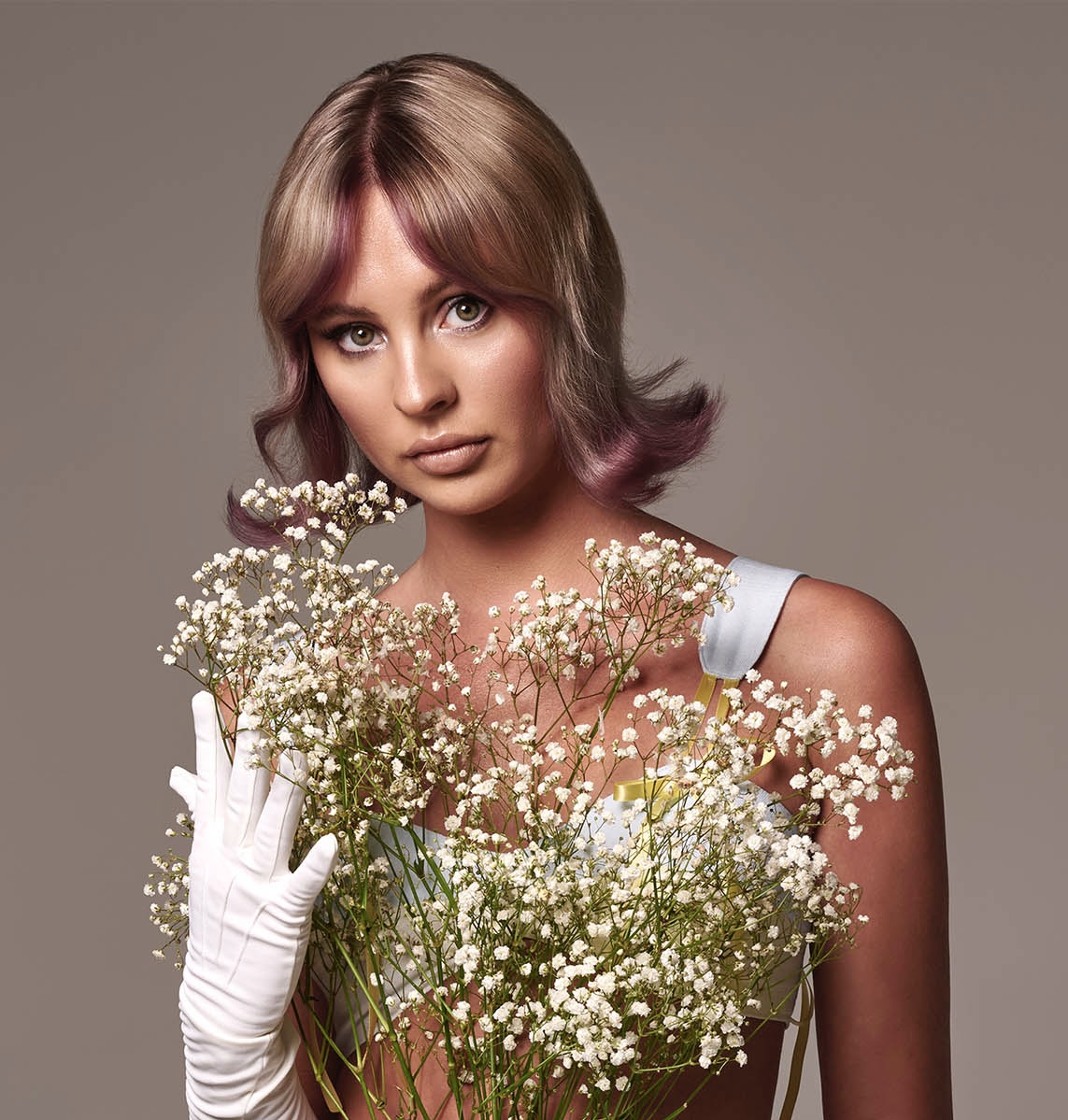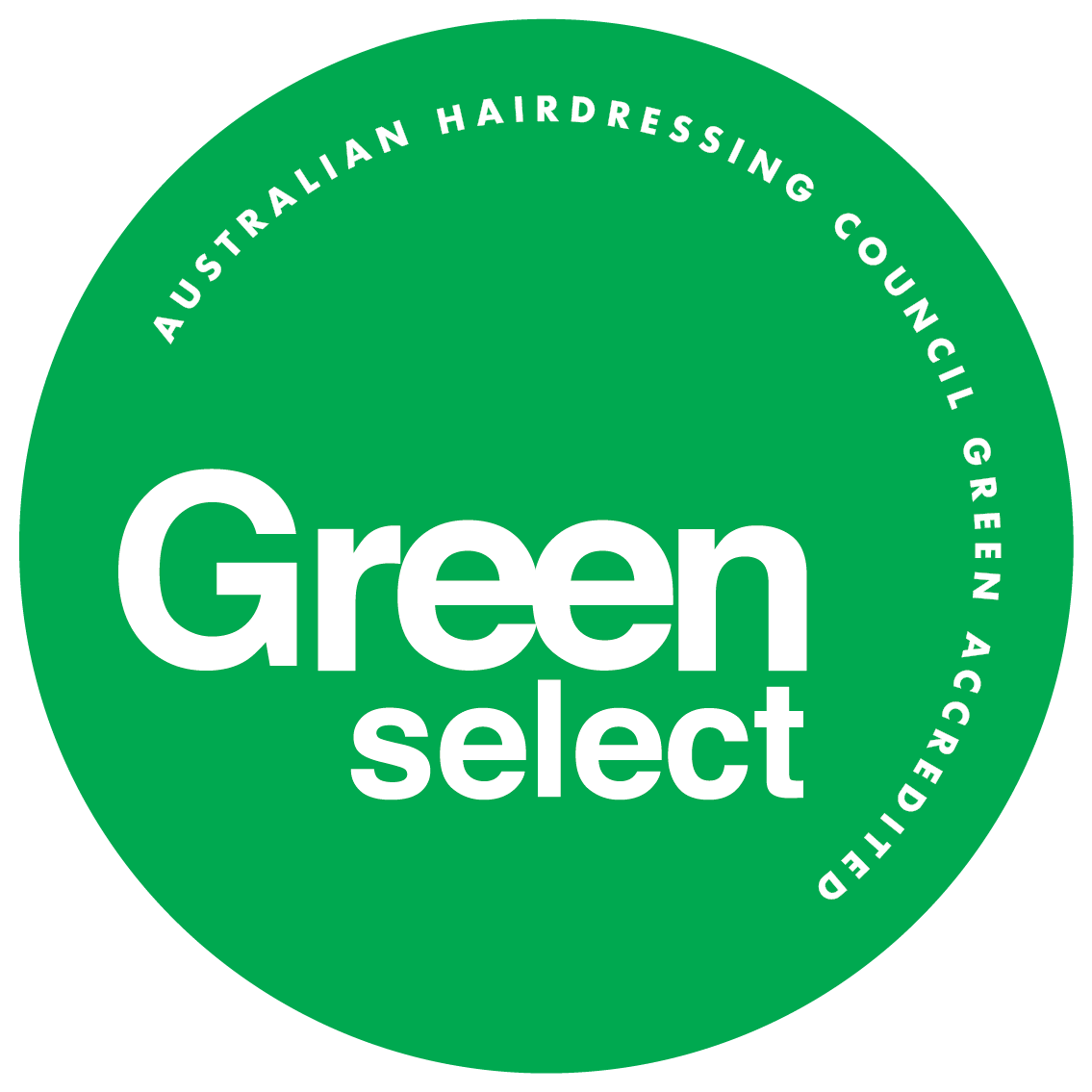Decisions Decisions…
It’s approaching winter here in Brisbane which means only one thing. We can’t decide if its warm or cool! We leave the house rugged up in our winter woolies to combat the increasingly fresh starts but once the sun starts shining in earnest, we all start to regret that long sleeve top we put on under our jacket. The air conditioning in the salon is getting a real workout these days, warming up the extremely chilly building in the morning (thanks old Queenslander!) only to be turned to cool when one of us inevitably starts sweltering in our ill chosen outfit. Let’s be honest. It’s usually me!
It turns out that it’s not just our bodies that are struggling between these conflicting states. When it comes to choosing a tone for your hair colour, it can de difficult to know whether warm or cool is the best option. Which is where your trusted hairdresser comes in handy!
Warm It Up
When we think about warm tones a trap many people fall into is thinking that WARM means RED. Now, in some cases, this can be true. Red can indeed be a warm tone. But it can also be a cool tone. In fact, when it comes to colouring hair, red is more often in the cool camp! The other tricky one is chocolate brown. We tend to think of chocolate as a warm tone but if you take a look at different varieties of chocolate you will notice that while milk chocolate leans towards warm, dark chocolate is more in the cool zone. In fact, chocolate brown is such a hot topic I wrote about it a few years ago, so if deep diving into chocolate is your scene you can read more here. Master Chocolate Hair
But heading back to the topic at hand, tones that are more regularly in the warm zone are ones that often have a golden or copper undertone. Some common words we tend to use to describe warmer hair colours are;
- Chestnut
- Caramel
- Honey Blonde
- Peach
- Ginger
- Sandy/Beach Blonde
- Rose Gold
- Rich Chocolate Brown
- Strawberry Blonde
Warmer tones are also often described as “rich” or “luxury”. While I have no actual evidence to support this theory, I suspect the word association with precious metal gold to golden undertone colours might be the reason why we use these terms.
Because yellow (gold), orange (copper) and red (although red can go both warm and cool depending on what other tone it has with it) light waves are easier to see colours that have these undertones tend to appear lighter and brighter then cooler toned colours. So if bright, light, rich and luxury are words you want to use to describe your dream colour I suspect warm tones are for you.
Cool It Down
Now cool tones are a funny one. Because light waves such as blue, violet and green tend to be harder to see, cool tones often appear deeper and darker than their warm toned counterparts. Which is fascinating because the most common thing we get asked for is “Ashy Blonde”. If you really think about what “Ash” looks like, it’s a mid or dark grey, which makes actual ash blonde surprisingly dark and dull. Not generally the look most people are after, despite the increase in embracing grey we are starting to see.
This do not mean that all cool tones, including cool blondes, are destined for dark dullery. Because cooler tones tend to absorb light rather than reflect light, they can appear shinier and sleeker than a warm toned colour. Words we tend to use to describe a cool toned colour are:
- Ash Blonde/Brown
- Coffee
- Dark Chocolate
- Grey
- Silver
- Matte
- Mushroom
- Pearly Blonde
- Mahogany
- Deep Red
Cool colours tend to blend well into our natural hair as a far higher percentage of people have natural cooler toned hair than warm toned. This doesn’t mean you don’t throw warmth when your hair is lightened however, but that’s a story for next time!
So if blended, shiny, hair is your jam, cool tones might be for you.
Neutral Ground
If you are here thinking I haven’t mentioned your favourite colour I have not forgotten you! There is a another, less noisy, member of our colour family and that is the neutrals.
We are all familiar with the term neutrals when we are referring to clothing. My understanding is these are colours that are good staples that go with lots of different tones. Colours such as beige, white, oatmeal, grey, cream, ivory, brown, tan, oyster – even black could be considered a neutral. These colours also tend to be referred to as “natural” tones as they are colours we consider to be subdued, inoffensive and reflective of nature. Wood, stone, sand, minerals. The building blocks of the world around us. Or some of them at least.
Neutral toned hair is only slightly different. These tones are still considered to be the “natural” tones, but we also refer to neutrals as colours that subdue the warmth that occurs naturally from sun exposure or from artificially lightening hair. When we want a neutral tone in hair we usually want the best of both worlds. Bright, light hair colour without an obviously warm tone to it. Words we tend to use when we want neutral toned hair are;
- Natural Brown
- Creamy Blonde
- Platinum
- Dark Brown
- Beige Blonde
Now the thing to remember with a neutral is this. We NEUTRALISE warmth with cool and vice versa but in order to keep the vibrancy of the tone and not have it flatten or appear too dark we must retain a small amount of warmth. If you really look closely at a so called neutral tone you can see both elements of cool and warm. It truly is the best of both worlds!
Hopefully the warm/cool dichotomy has been solved for you with this simple guide. My work outfits on the other hand…. I really must start taking my own advice. When in doubt, go both warm and cool elements. Although I would never have described any item in my wardrobe a “neutral”…
Until next time,
Sarah x




